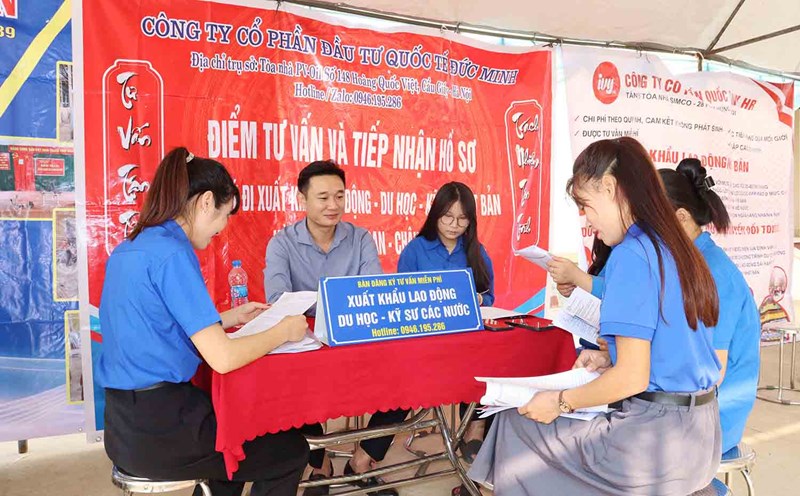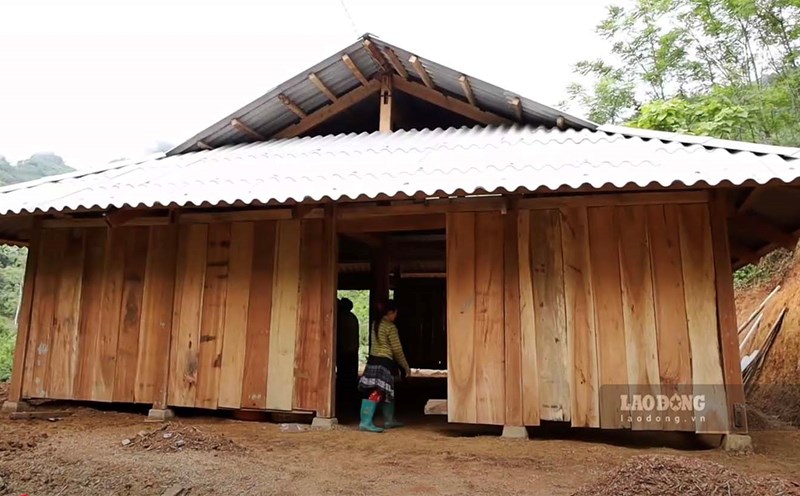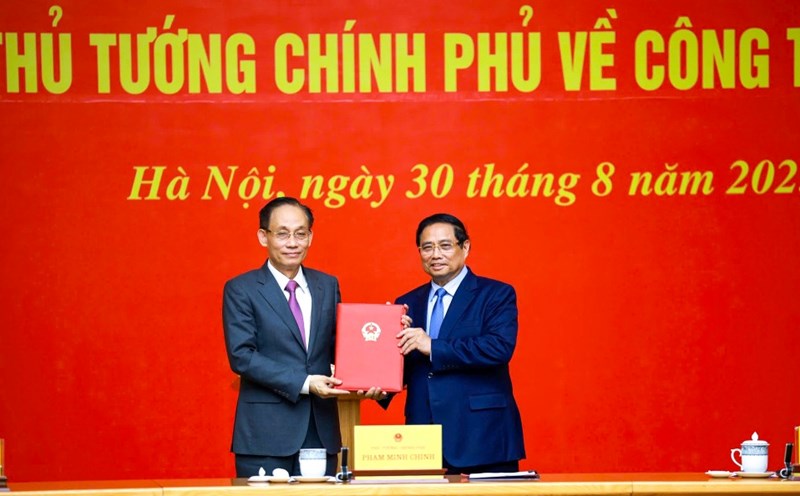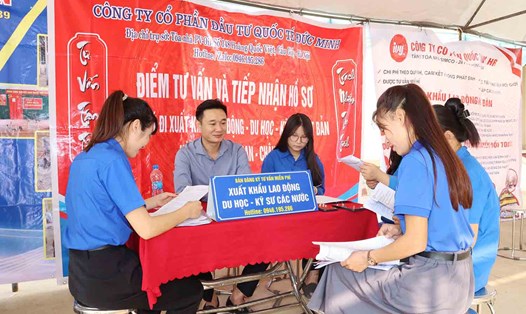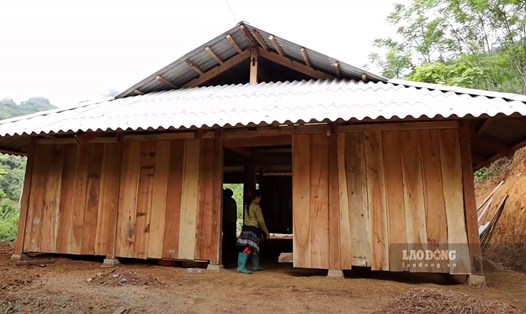On the afternoon of August 29, in Hanoi, Vice Chairman of the National Assembly Le Minh Hoan and National Assembly deputies had a working session with the Ministry of Agriculture and Environment on the proposal for investment policy for the National Target Program on New Rural Development and Sustainable Poverty Reduction for the period 2026-2035.
The program is implemented in 34 provinces and centrally run cities; all 2,621 communes, 687 wards and 13 special zones; all villages and hamlets nationwide.
The program is divided into 2 phases: phase 2026-2030 and phase 2031-2035. The total resources expected to be mobilized to implement the Program for the 2026-2035 period is about 12.35 million billion VND; of which the 2026-2030 period is about 4.93 million billion VND, the 2031-2035 period is about 7.42 million billion VND.
In the 2026-2030 period, the central budget directly supports about VND 180,000 billion (development investment capital is about VND 120,000 billion, career capital is about VND 60,000 billion), accounting for 3.7%.
Increased by 2 times compared to the total central budget capital of the 2 National Target Programs for the period 2021-2025; counterpart capital from local budgets at all levels (provinces and communes) of about VND450,000 billion, accounting for 9.1%; integrated capital from national target programs and other project programs in the area of about VND400,000 billion, accounting for 8.1%; credit capital of about VND3,400,000 billion, accounting for 69%; Enterprise capital and mobilized contributions from people of about VND500,000 billion, accounting for 10.1%.
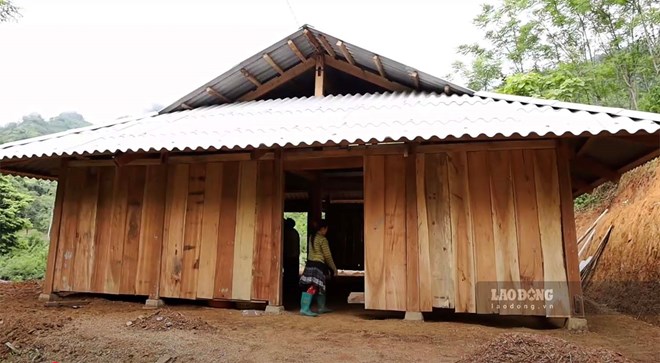
With VND 180,000 billion from the central budget, VND 177,000/180,000 billion will be allocated to localities (accounting for 98.3%) to allocate to 28 provinces and cities receiving support from the central budget to focus on supporting the implementation of the goals and tasks of building new rural areas and sustainable poverty reduction; about VND 3,000 billion/year (only career funds, accounting for about 1.7% of the total) for about 20 central ministries and branches to carry out management, direction, guidance, and organization of the implementation of the program's component contents.
The beneficiaries of the program are poor households, near-poor households, newly escaped poverty households, people, communities, cooperatives, cooperative groups, enterprises and other related organizations nationwide, in which priority is given to rural areas and poor communes.
The 2026-2030 program includes 11 groups of contents and 63 specific tasks. Some key solutions proposed are: Reviewing, amending and perfecting mechanisms and policies in accordance with the two-level administrative organization model; proposing a model for organizing the apparatus to implement the program in the coming period in the direction of streamlining, specialization, and unification from the central to local levels; shifting the focus from developing quantity to improving quality...
The program focuses on developing the rural economy in the direction of increasing value and sustainability; guiding and supporting the development of OCOP products, unique agricultural tourism/eco-tourism/community tourism, associated with the strengths of each locality and region in the direction of green and sustainability; continuing to promote the role of the subjects of people and businesses in the process of building new rural areas and sustainable poverty reduction...
In particular, the program will strengthen inspection, examination, supervision and evaluation of program implementation at all levels and sectors; encourage empowerment of commune and community levels along with a transparent monitoring and evaluation mechanism.
Through reviewing and assessing the current status of new rural construction after July 1, 2025 according to the orientation for the 2026-2030 period, it shows that about 1,719/2,621 communes (accounting for 65.6%) are likely to meet new rural standards according to the criteria for the 2021-2025 period; of which, 362 communes (21%) are expected to meet the advanced new rural standards and 59 communes (3.4%) are expected to meet the model new rural standards.
Comparing with the provisions in the draft National Committee for new rural criteria at all levels for the 2026-2030 period, according to the assessment of localities, about 65% of communes that are newly qualified to meet new rural standards according to the Committee for the 2021-2025 period are basically likely to complete the new rural standards according to the new Committee for the 2026-2030 period; of which, about 10% of communes are recognized as communes that have met modern new rural standards.
Regarding the current state of sustainable poverty reduction: In case of applying the national multidimensional poverty standard for the period 2026-2030, the expected multidimensional poverty rate in the country is 11.7% and there are about 350 communes with a poverty rate of over 50%.

